
Ary Scheffer was a Dutch-French Romantic painter. He was known mostly for his works based on literature, with paintings based on the works of Dante, Goethe, and Lord Byron, as well as religious subjects. He was also a prolific painter of portraits of famous and influential people in his lifetime. Politically, Scheffer had strong ties to King Louis Philippe I, having been employed as a teacher of the latter's children, which allowed him to live a life of luxury for many years until the French Revolution of 1848.
Remigius Adrianus Haanen or Remigius (Remy) van Haanen, was a 19th-century painter from the Northern Netherlands. He was the son of the papercutter Casparis Haanen and was the brother of the painters George Gillis Haanen, Elisabeth Alida Haanen and Adriana Johanna Haanen. After learning his trade from his father and at the Academy of Utrecht, he moved in 1837 from the Netherlands to Austria, where he was active in Vienna.
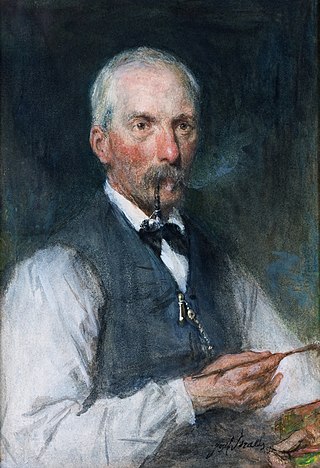
Jan Hendrik Weissenbruch, also known as Hendrik Johannes Weissenbruch was a Dutch painter of the Hague School. He is noted especially for his watercolours.

Museum Willet-Holthuysen is a located on the Herengracht in Amsterdam. The Amsterdam famous ring of canals is on the UNESCO World Heritage List.
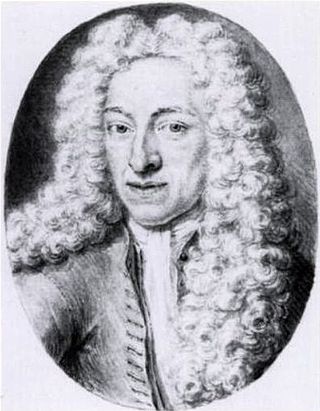
Caspar Commelijn or Caspar Commelin, was a Dutch botanist.
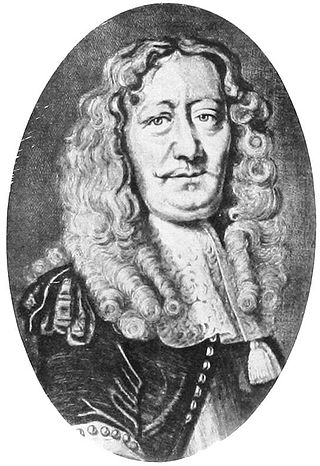
Henrik Ruse, Baron of Rysensteen was a Dutch officer and fortification engineer. Following a period when he served in various armies in Germany and Italy, he wrote a well-researched book documenting the latest trends in fortification systems across Europe. As a result, he was entrusted with commissions for improving defences in his native Amsterdam, in Germany, and finally in Denmark and Norway where, benefitting from the support of the monarchy, he first became a general and later a baron. Ruse died in Sauwerd near Groningen in the Netherlands.

Andries Bonger was a Dutch art collector, as well as Johanna van Gogh-Bonger's brother and Theo van Gogh's friend, who later became his brother-in-law.

Elisabeth Alida Haanen, was a 19th-century painter from the Northern Netherlands.
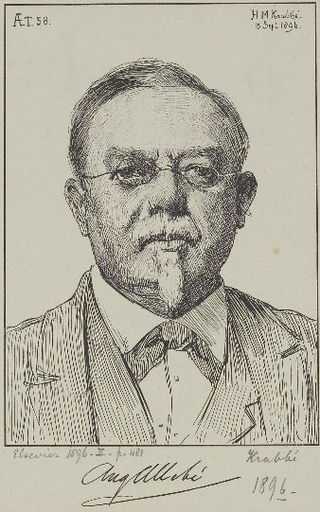
August Allebé was an artist and teacher from the Northern Netherlands. His early paintings were in a romantic style, but in his later work he was an exponent of realism and impressionism. He was a major initiator and promoter of Amsterdam Impressionism, the artist's association St. Lucas, and the movement of the Amsterdamse Joffers. Amsterdam Impressionism – sometimes referred to by art historians as the School of Allebé – was the counterflow to the very strong Hague School in the movement of Dutch Impressionism. As a professor at the Royal Academy of Amsterdam he fostered a cosmopolitan attitude toward art and the promotion and motivation of his students, and provided a significant stimulus to developments in modern art.

Petrus Kiers was a Dutch painter, graphic artist and photographer. He created portraits, still-lifes and cityscapes, but he is best known for his genre scenes, lit by lamps or candles.

Johannes Jelgerhuis, was a 19th-century painter and actor from the Northern Netherlands.
Johannes Gijsbertus de Casparis was a Dutch orientalist and indologist.
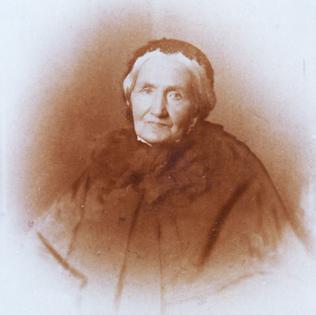
Adriana Johanna Haanen was a Dutch painter.

George Gillis Haanen was a 19th-century landscape painter from the Northern Netherlands.

Maria Vos (1824-1906) was a Dutch still-life painter.
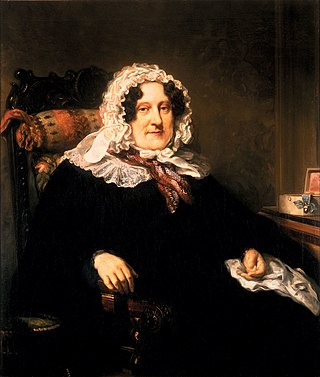
Johanna Borski (1764–1846), was an influential Dutch banker. She was the director of the "Wed. Borski" bank from 1814 to 1846. In 2022 Borski was in the news with regard to whether her wealth was due to slavery.

Nicolaas Johannes Roosenboom, was a Dutch painter, etcher, lithographer, watercolorist, and illustrator who was specialised in landscape art. He painted various types of landscapes but was mainly known for his winter landscapes. Roosenboom's work is situated in the Dutch Romantic movement. He collaborated with various artists who painted the staffage in his landscapes.

Lambertus Antonius Claessens or Lambert Antoine Claessens was a Flemish engraver, print artist, copyist and publisher. He trained initially in Antwerp as a landscape painter and then in London as an engraver with Francesco Bartolozzi. He was active in Amsterdam and Paris. He is known for his reproductive prints mainly of portraits and old master paintings.

Anna Adelaïde Abrahams, was a Dutch still life painter.

Andries Snoek was a Dutch actor and director. He was born in Rotterdam, the son of Jan Snoek and Helena de Ruyter, and the brother of actresses Anna Maria and Helena Snoek. Despite his low birth, he became one of the most famous northern Dutch actors of his time. In 1791 he joined the Nederduitse Acteurs of Ward Bingley. In response to the Batavian Revolution, Snoek left Rotterdam. Liesbeth Sparks calls him a “‘method actor’ avant la lettre”.



















